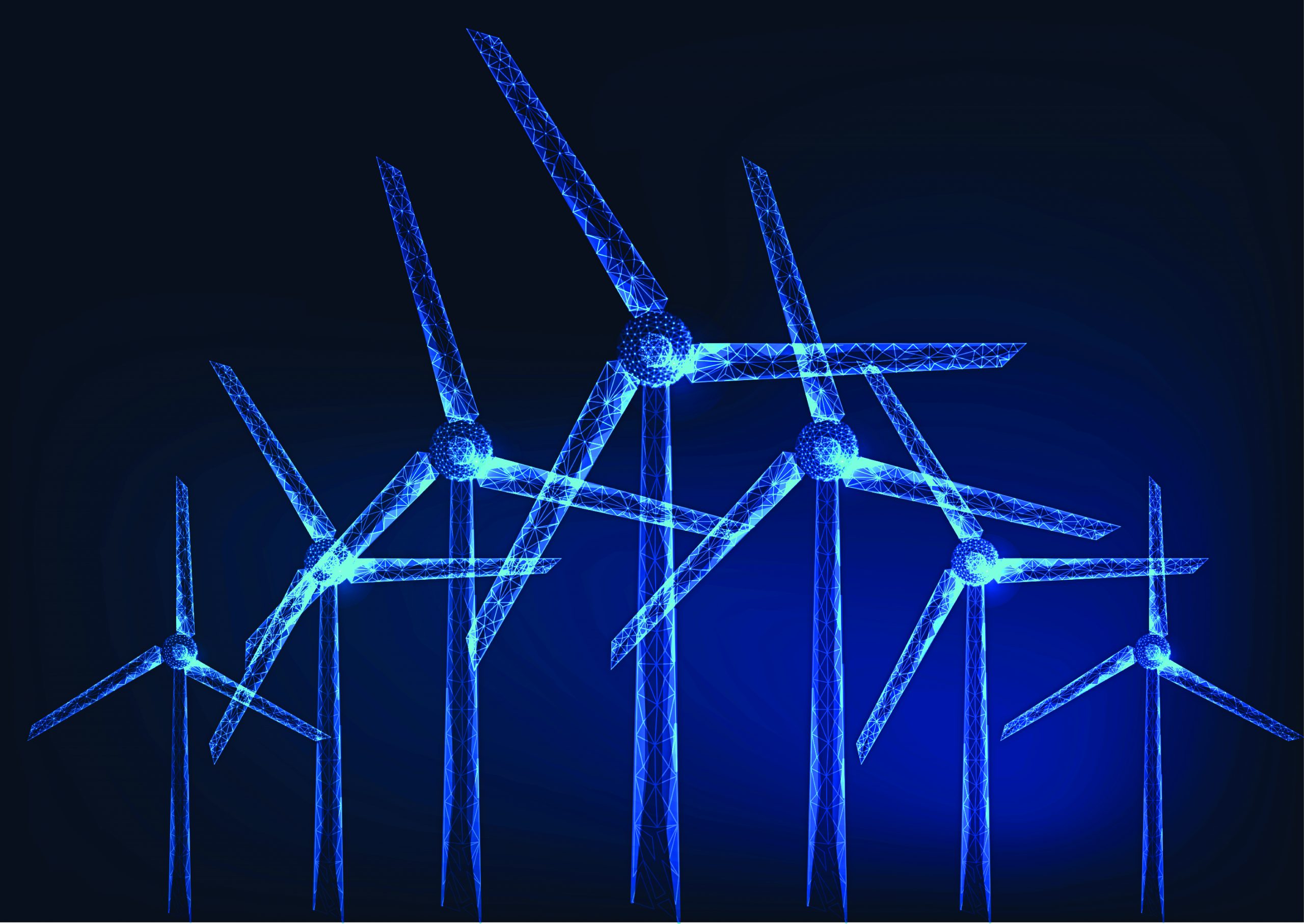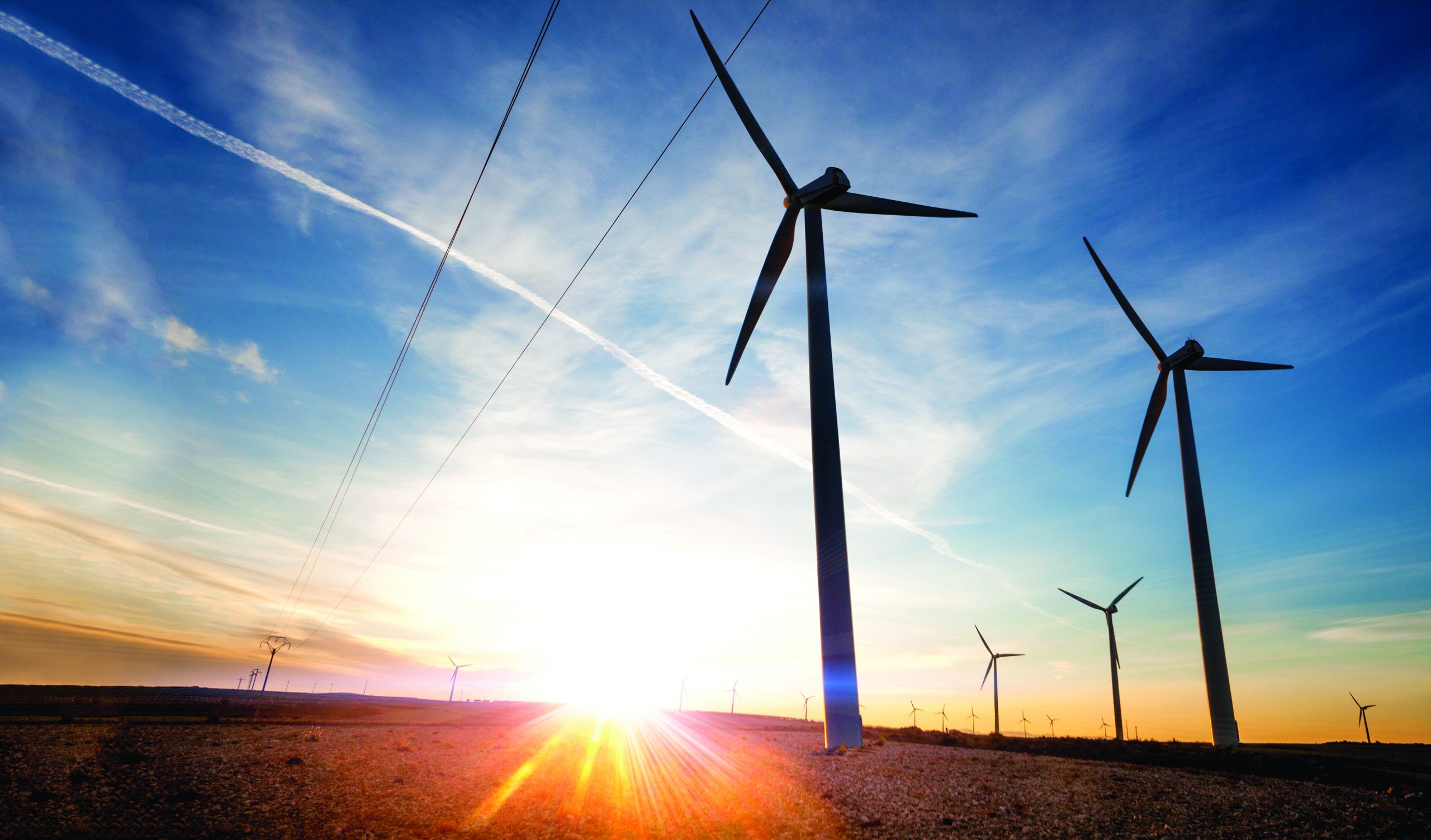With the Biden administration’s ambitious plans to ramp up offshore wind production, along with a multi-trillion-dollar plan to boost the country’s infrastructure, it becomes all the more important that essential software and computing power are accessible to help aid in the creation of new methods to build, maintain, and operate this massive undertaking.
To that end, the people behind LF Energy and The Linux Foundation are hard at work to ensure the Linux kernel is protected and available to all.
Just what is the Linux kernel? LF Energy’s Shuli Goodman explains.
“The Linux kernel is probably one of the world’s most amazing collaborative efforts,” she said. “And it is, in essence, the operating system of the planet. The Linux kernel was a hack by Linus Torvalds. He was a student in Helsinki. He was unable to afford either a Microsoft server or a Sun workstation, so he hacked the solution on commodity hardware. And that project has been built and built and built — so much so that IBM gave up its own operating system.”
To put it in even more perspective of the importance of the Linux kernel, Goodman said that, although Microsoft may have a Windows operating system, all of its business — particularly with regards to the cloud — is on Linux.
“It represents really the foundations of our digital world and what has happened in open source,” she said. “And open source really could be defined as a permissive intellectual property license that allows for collaborative investment.”

Neutral Governance
At the Linux Foundation, which was founded to protect the intellectual property of the Linux kernel, they believe that, in addition to permissive IP licenses such as Apache 2.0 or an MIT, neutral governance is also a must, according to Goodman. And through the Linux Foundation and LF Energy, projects that depend on the Linux kernel can be developed and nurtured to grow.
“Anyone can contribute to a project; you do not need to be a company, you do not need to have a special membership; it is what we refer to as a duocracy,” she said. “There are probably 25 (million) or 30 million open source projects on GitHub. We are 425 projects, so these are the projects that basically run the planet and that allow industry to transform. It’s kind of like putting in a superhighway and plumbing and then all of a sudden commerce can begin to move. We’re the plumbing and the superhighway.”
This type of arrangement could be crucial to renewable energy projects, particularly wind, according to Goodman.
“In order for renewable energy to scale and stay connected or integrated into a power-system network, a power-system utility or a system operator has to be able to afford that renewable energy and continue to maintain balance in the grid,” she said. “The grid that we have now was designed to utilize inertia to balance the grid, so that’s the supply and demand. And because it’s unidirectional — or has been until very recently — it has required a monopoly entity at the center in order to be able to ensure generation, transmission, and distribution for delivery into the home, so you automatically can switch a light, and it comes on. And most of us have never thought for a moment: How did that happen? It’s very magical.”
Moving to a Distributed Model
With the use of open source software, the ability to move from a centralized model to a distributed model moves closer to reality, according to Goodman.
“You’re essentially creating a web not all that dissimilar to the internet, and so we’re moving in to a distributed model that requires distributed computing, and it requires a new way of doing things,” she said.
Economically speaking, this type of model is ideal for wind energy, according to Goodman.
“If I were the wind industry, I would be absolutely looking at how I actually ensure that the people who buy my electrons have the capacity to actually afford as many as I can offer,” she said. “And I think a big bottleneck for wind is that you have operators who actually don’t know what to do with the wind, and so on any given day, you’ll have a lot of electrons that get lost and aren’t being utilized.”

Some of the claims of things that will need to happen in order to fully realize the potential of wind are things such as load shifting — being able to move loads around, according to Goodman, and it’s necessary to deal with those moving parts at a rapid pace in order to implement price-based grid coordination.
“What that will enable is the wind operator to deliver as quickly as possible their perishable commodity — that electron — to a consumer who wants to buy that electron,” she said.
Limitations of Proprietary Software
And these new market structures of managing supply and demand will be quite complex, according to Goodman, and proprietary software will not be able to keep up with the influx of projects that will be needed to accomplish a wide range of goals.
“It’s in much the same way the internet never would exist if we continued to operate with proprietary software,” she said. “So, changes in an industry require modifications of the lower levels of the stack. If I were a wind operator, I’d be stomping my feet and periodically cursing that the people I want to sell my stuff to can’t buy it because they don’t know how to use it and they don’t have systems that are enabled to use it, nor do commercial and industrial customers, for instance, have the capacity to be able to shift and shape load and demand.”
An example would be industrial customers who plan the bulk of their load by integrating it with weather forecasting where a price or a day-ahead signal can be sent to a manufacturer that may require a high concentration of energy, according to Goodman.
“The wind industry is not going to be able to do that alone; they have to do it together with the operator and with the commercial interests so they can build that supply and demand and load shifting and load shaping, and that’s the reason why wind should be very interested and paying attention to the Linux Foundation and LF Energy,” she said.
Transforming the System
LF Energy is there to provide the neutral governance as well as the legal framework for collective collaborative investment, according to Goodman.
“In order to transform the system, it requires all the stakeholders, all the actors, to engage, but at some point, it usually starts with a few leaders going, ‘OK, this is costing us; our ability to sell our perishable electrons is really costing us because the people we want to sell it to can’t consume it,’” she said. “What we provide is a legal framework. We provide a neutral governance, so that no one player can rig the system, and this creates a new playing field. Imagine you have a playing field that’s in one place. What we do is help shift the playing field, and we help you change the level in your house.
It’s like, rather than rearranging the deck chairs on the Titanic, we move into a completely different model, and we help you change floors. We have an entire team that only does open source every single day, and so we understand what it takes to build a community; we understand what it takes to manage software supply chains. We have a community, because, for this to work, you have to integrate 5G; you have to integrate cloud; you have to integrate utilities. All of those things require a high degree of cooperation, and we provide access to all that.”

Coordination Among Industries
And that cross-industry coordination is going to be extremely important as projects move forward, according to Goodman.
“The energy transition is not just going to be utilities; we have to coordinate with 5G, and that means telcos,” she said. “The new infrastructure is not transmission towers. The new infrastructure is cloud infrastructure — distributed computing. Even if that computing is on-prem, it still requires a support of infrastructure companies in order to enable it, so when I look at a high velocity data-intense power system of the future — which is where I think we’re going — it is going to require a whole new set of actors, besides the ones that have been involved, in order to make it happen.”
Some of those actors Goodman is referring to might include blockchain or, surprisingly, automotive.
“I just got off a call where we were really talking about the future of automotive, which of course is going to be of great interest to the wind companies, because they are basically going to be generating the electrons that are going to charge your car,” she said. “Well, guess what? That is a really complex thing to make happen if you’ve got a bunch of wind farms. It requires a high degree of sensitive stakeholder engagement that is able to enable new paradigms to emerge.”
Federal Help
With the Biden administration pushing progressive goals on renewables and infrastructure, Goodman expects federal help to be a plus, but Goodman’s mission will still a be a challenging one.
“I’m in conversations with a lot of people in the administration to try and create the infrastructure that will allow this to emerge, and it’s not a straight shot, even with a new administration,” she said. “I think that the bill that passed has a lot of influence in terms of the new kinds of infrastructures that we’re creating. But it’s critical. It’s essential. I think that there’s a real commitment, but that also does not mean that it’s a done deal. We have to create the future together, and so that’s what the Linux Foundation does best.”
International Participation
Part of Goodman’s and the Linux Foundation’s mission involves global cooperation, which Goodman said is a priority of LF Energy.
“I’m working very hard,” she said. “I have a group right now that I’m running with Canada, the European Commission, and the Department of Energy, and the thing we’re looking at is electric mobility. The degree of cooperation that we can achieve in order to scale this would be extremely important. How will this happen?
Some of it will be back channel; some of it will be direct, and mine is more of a back channel, but I think that we are very much a global community, and I can say without any doubt, Europe is way ahead of us, and we have neglected our investments for a long time, and the consequences for things like what happened in Texas, where they basically chose profit over actually maintaining and managing infrastructure.”
Debilitating challenges to the system are going to continue to repeat, according to Goodman, and it’s frustrating to see that the rest of the developed industrial modern world doesn’t have the problems the U.S tends to have.
“Our problems are directly because we have starved our infrastructure in order to provide outsized profits to a few individuals, and it’s a recipe for what happened in Texas, and there are some that suggest that the loss in Texas was approximately a half a billion dollars an hour,” she said. “If we have more of these things, we are going to cripple our economy. And we will have more, because I live in California where we had our own version of it.”
Getting the U.S. on Board
Goodman stressed that her team at LF Energy has a lot of work to do to create such a massive shift to how power structures are maintained in the U.S., but around the world, many countries have become extremely receptive to the concept.
“In Europe, it is accepted; in Asia, it is accepted,” she said. “We just signed with Blockchain and Sony, so we are building our membership pool. But the United States doesn’t quite get it yet; the executives don’t quite get it that part of what the Linux Foundation does is transform markets, and that can’t happen alone. It has to happen with 5G. It has to happen with Edge. It has to happen with automotive. It has to happen with blockchain. It has to happen with supply chain security. It has to happen with cloud. All of these things require a really high degree of cooperation.”
And for a naturally progressive industry like wind energy, the Linux Foundation’s expertise and experience make it an ideal entity to push its efficiency and success, according to Goodman.
“I see wind as a really big winner,” she said. “To the degree to which you have a product that you can’t get to market, I believe LF Energy is actually your vehicle to enable that market. I want to help you get to market.”



























